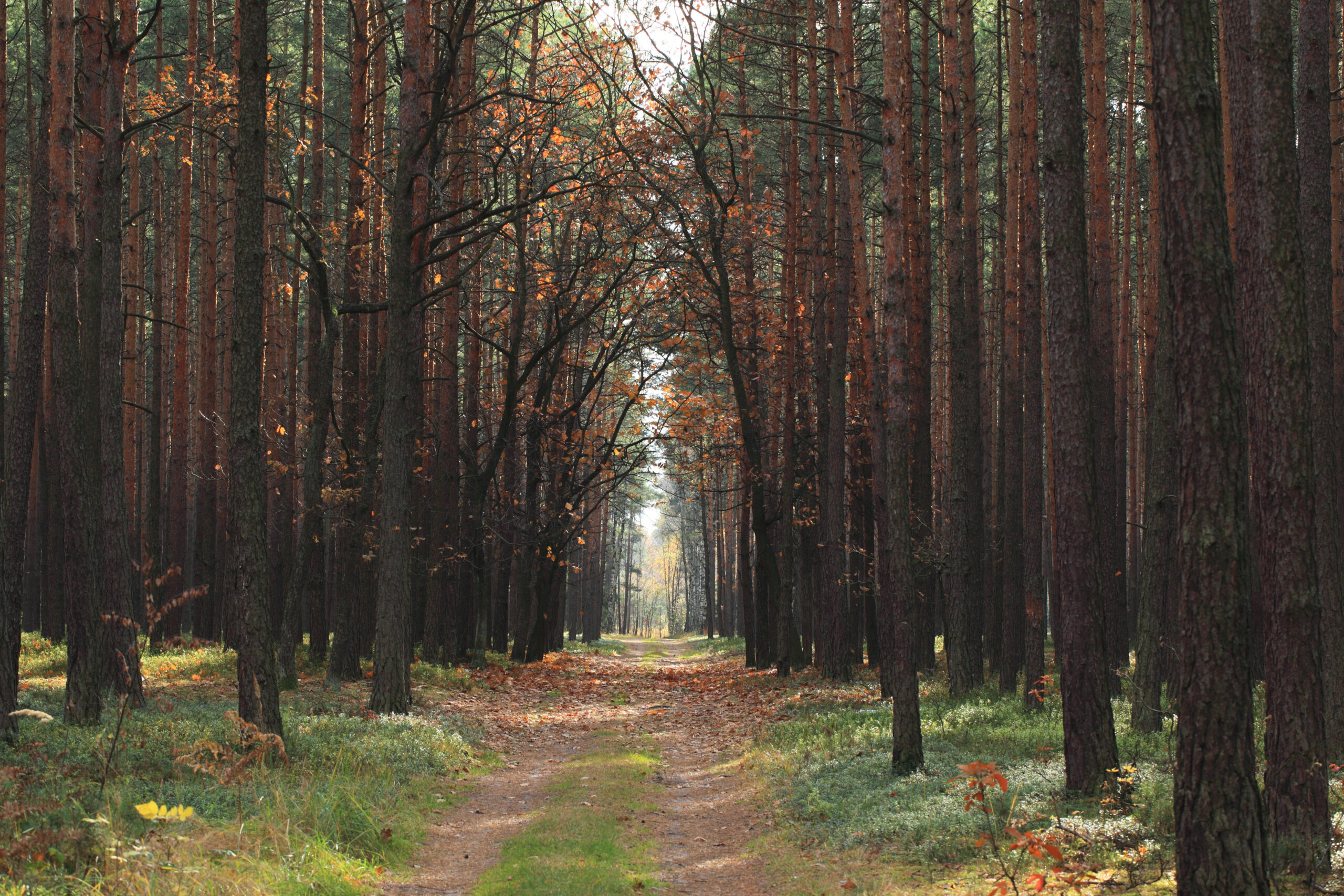Hiking is a popular outdoor activity that allows people to explore nature and get some exercise while enjoying the great outdoors. Whether you’re an experienced hiker or just starting out, it’s essential to stay safe on the trail. In this blog post, we will cover everything you need to know about staying safe on the trail, recommended hiking trails in your area, conservation efforts along hiking trails, how to prepare for a hike, and more.
Before setting out on a hike, there are several safety precautions you should take. Firstly, make sure you have appropriate footwear with good grip and ankle support. You don’t want to twist an ankle or slip on loose rocks. Secondly, bring plenty of water and snacks to keep yourself hydrated and energized throughout the hike. Thirdly, let someone know where you’ll be hiking and when you plan to return. This way, if something goes wrong, someone will know where to look for you. Finally, always carry a first aid kit with you, including bandages, antiseptic wipes, and insect repellent.
Recommended Hiking Trails in Your Area
One of the best things about hiking is exploring new places and discovering hidden treasures in your local area. Depending on where you live, there may be many different types of hikes available, from easy walks through scenic parks to challenging climbs up steep mountainsides. Here are a few recommended hiking trails in various parts of the country:
Appalachian Trail, Maine to Georgia: This iconic trail spans over 2,000 miles and takes hikers through diverse landscapes, from rocky mountain ridges to lush green forests.
Pacific Crest Trail, California to Washington: Another long-distance trail, the Pacific Crest Trail covers over 2,500 miles and offers stunning views of the Sierra Nevada Mountains and Cascade Range.
Zion National Park, Utah: With its striking red cliffs and narrow canyons, Zion National Park is a must-visit destination for any serious hiker. The park offers a variety of trails ranging from easy walks to strenuous climbs.
Conservation Efforts Along Hiking Trails
As more people discover the joys of hiking, it’s increasingly important to protect our natural resources and preserve these beautiful areas for future generations. Many organizations work tirelessly to maintain hiking trails and promote responsible outdoor recreation. For example, the Appalachian Mountain Club works to protect the Appalachian Trail and surrounding lands, while the Pacific Crest Trail Association helps maintain the Pacific Crest Trail and educates hikers on Leave No Trace principles.
How to Prepare for a Hike
To ensure a safe and enjoyable hike, it’s crucial to properly prepare before heading out onto the trail. Here are some tips to help you get ready:
Choose the right trail for your skill level and fitness level. Don’t attempt a difficult hike if you’re not physically prepared.
Dress appropriately for the weather and terrain. Wear layers so you can adjust as needed, and choose clothes made from breathable fabrics.

Bring enough food and water to sustain yourself during the hike. A general rule of thumb is to bring at least two liters of water per person, plus high-energy snacks like nuts or energy bars.
Use sunscreen and insect repellent to protect against UV rays and bugs.
Make sure you have proper footwear with good grip and ankle support. Consider investing in hiking boots or shoes specifically designed for rough terrain.
Final Thoughts
In conclusion, hiking is a wonderful way to connect with nature and get some exercise while having fun. However, it’s essential to stay safe on the trail by taking necessary precautions such as wearing appropriate footwear, bringing enough water and snacks, letting someone know where you’ll be hiking, carrying a first aid kit, and following Leave No Trace principles. We hope this blog post has inspired you to hit the trails and experience all that nature has to offer!





